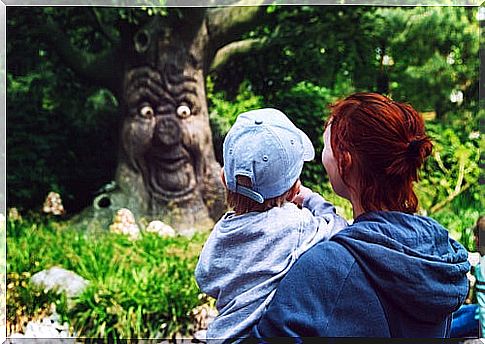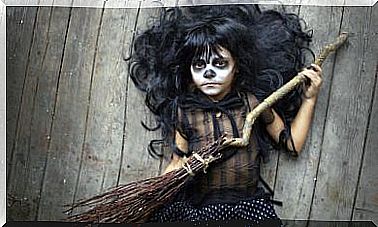All About Children’s Fables

Children’s fables have been around for hundreds of years. At first glance, they seem to only introduce the child to the magic and mystery of “Once upon a time …” among other formulas. However, it is a literary genre that can also captivate adults.
Fables transport those who read or listen to them to a magical world in which animals, plants and objects are humanized and leave life lessons of great importance.
Origin of children’s fables
History explains that children’s fables have their origin in India. The educators of the children of the nobles, future rulers, created these narratives so that the children learned important values both for life and for the role they would have to play.
Due to their characteristics, children’s fables spread throughout the East and were introduced in Europe. And so they come to our days. Although they have been enriched and updated, they still preserve the purposes for which they were created: to educate.
Characteristics of children’s fables
- They are narratives, stories with special features. They tell short and simple stories, very easy to understand.
- The protagonists are animals, plants or objects. They speak and behave like people.
- Generally, some of these characters embody virtues and other defects. In history some are opposed to others.
- They have a didactic content. They contain a teaching generally linked to social values.
- Most fables stand out for their imaginative content and for the details in the narrative. This captures the child’s attention, who attends with full concentration. It is common for the child to memorize the content of a fable after two or three readings.
- They begin with the presentation of an initial situation in which there is a problem between some characters. Then actions are developed that sometimes resolve the conflict and sometimes not. In the end there is a moral. The moral is the teaching that synthesizes the content of the fable.
- It can be written in prose or in verse.

Attractions of fables for children
Children like all stories and stories. They enjoy the moments when their parents or teachers tell them magical stories. Sometimes these stories are those of the story books, others arise by improvisation. What is indisputable is that these stories are memorable.
Children’s fables have a special appeal. Knowing animals that feel, talk, cheat, work, the same as humans do, is extraordinarily interesting for children.
Benefits of children’s fables
- They promote reflection. The fable conveys an entertaining story, but also a teaching, a moral. This conjunction stimulates critical thinking. It helps to understand what is good and what is bad, what is correct and what is not.
- They develop sensitivity and emotional education. The child will put himself in the place of the protagonists, so he will acquire empathy. It will assess the emotions and points of view of each of the characters.
- They stimulate creativity, since the stories contained in fables are worlds where everything is possible.
- They enrich their vocabulary. You will learn new words that are not used in their natural environment and integrate them into your lexicon.
- They encourage reading. The child will enjoy the moment of reading fables, and the habit of reading will be strengthened.

Some interesting children’s fables
The best known writers of children’s fables are Aesop, Jean de la Fontaine and Samaniego. But are not the only ones. Through the years, numerous fables by other authors have emerged that are also widely read and appreciated.
The most popular are:
- The cicada and the ant . It’s about effort and work.
- The two friends . Teach the value of friendship.
- The hare and the tortoise . Emphasizes the value of effort as opposed to laziness.
- The disobedient turtle . Shows the importance of listening to and respecting parents.
- The father and the two daughters . Teach children that not everyone can be liked. This learning is especially helpful in avoiding frustrations.
- The eagle and the fox. Highlight the importance of friendship.
- The eagle and the beetle . Teaches not to belittle what seems unimportant.
It is important that the family take time to talk about the fable. In this way, the exchange of ideas is promoted, the content of the moral is better evaluated and the children are helped to apply what they have learned.










